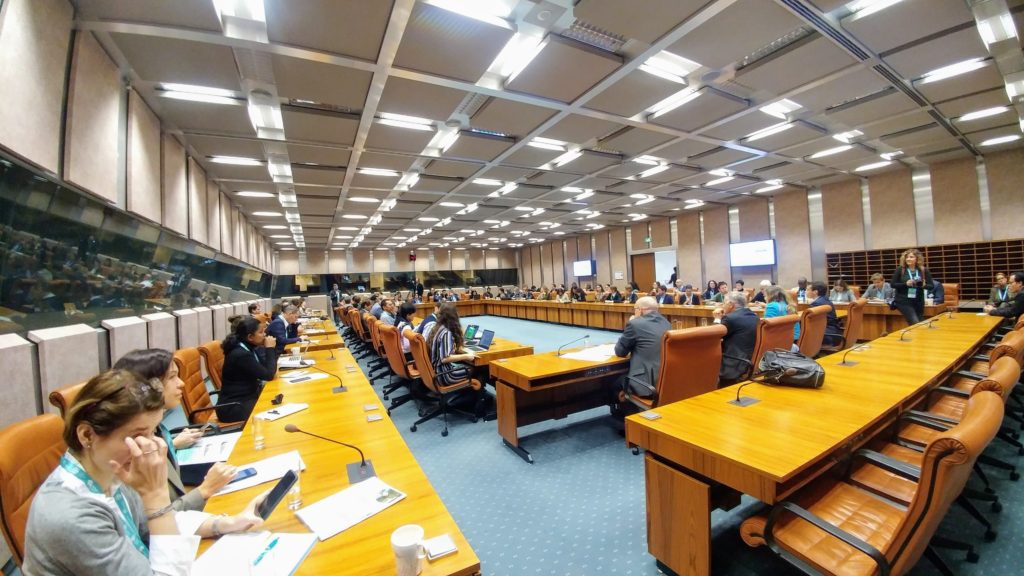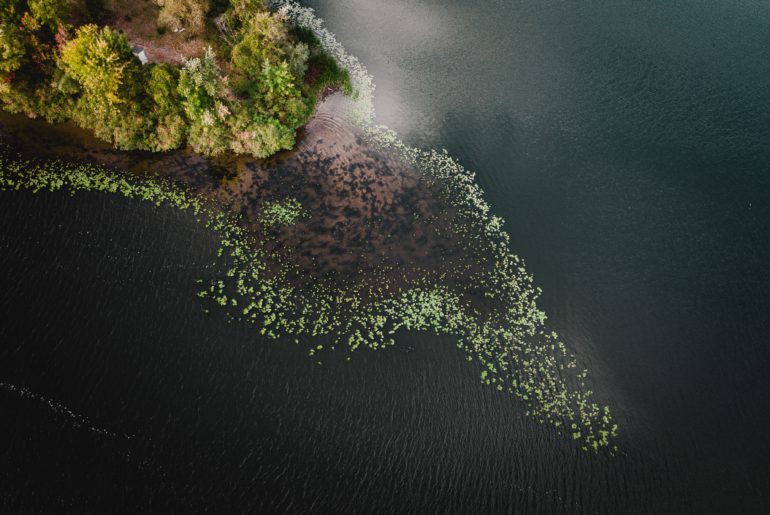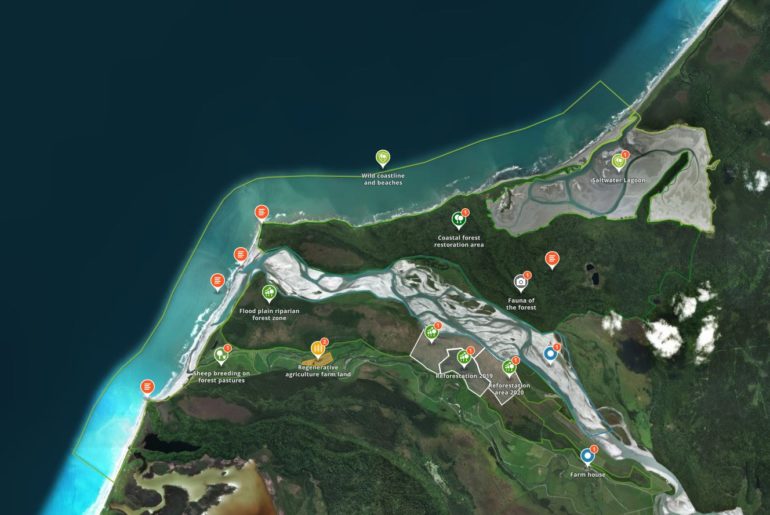A personal summary:
Early in the morning, right before the GLF Luxembourg on Sustainable Finance began, I took the photo that you can see above. In this photo, I recognised a metaphor that summarises perfectly the participants and aspirations of the event.
The buildings in the background represent the monolithic institutions that are trying to find large, scalable, and professional projects in which they can invest big amounts of money. Represented by the tiny trees in the front is the reality – a landscape of fragile and small to medium-sized projects.
In comparison to large projects, these small ventures have relatively high administration expenses for monitoring and controlling. In the absence of sufficient funding for information management, these projects often lack the capacity to document and communicate. Therefore they are not considered ‘bankable’ from the perspective of the financial institutions. In other words, current investment requirements do not match the reality of available projects.
Currently, there is no “financial breakthrough” that gives an adequate answer to following question:
How to cut through the mist of this scenery and establish strong and transparent communication channels between the institutional investors and the small projects, while also reducing administrative and information costs?
At OpenForests we believe that part of the answer can be found in the digital: in a system that provides cost-effective digital information management and communication at the project level. And not so much in systems that require sophisticated personnel and external controlling mechanisms. We suggest building digital infrastructures that assist projects in doing their own internal performance monitoring. And in communicating their performance transparently.
For example, web platforms like explorer.land provide a professional communication tool that helps create visibility and build connections to financial supporters. Better communication leads to more transparency and trust, and hence better relations between investors and restoration projects.





